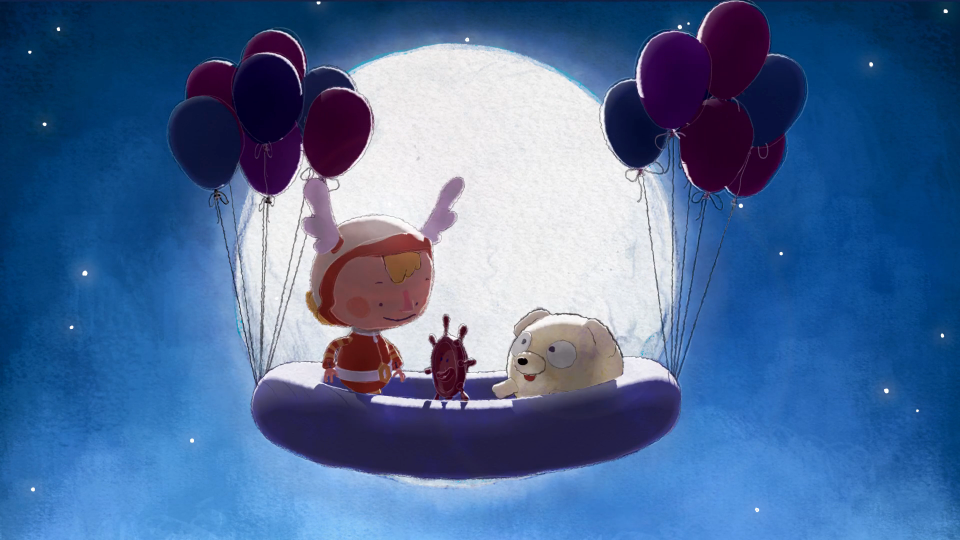

In some cases, his job as an illustrator gave him ideas for making animated films, as happened with Bajaja and A Midsummer Night's Dream. In addition to the above, Trnka illustrated the tales of Andersen and Perrault, the fables of La Fontaine, The Thousand and One Nights, several works of Shakespeare and Lewis Carroll's Alice in Wonderland. Also related to his native folklore are his illustrations for Bajaja by Vladimír Holan, published in 1955, which would also be the starting point for his future in animation. Especially famous are his illustrations for the tales of the Brothers Grimm, as well as collections of folktales from Czech authors such as Jiří Horák and Jan Páleníček. Throughout his life, he illustrated 130 works of literature, most of them for children. Since then, Trnka illustrated numerous children's books. Bošek) by Vítěslav Šmejc, published in 1937. He was hired by the Prague publishing house Melantrich, and his first illustrated work was Tygr pana Boška ( The Tiger of Mr. With the training received in the school of arts and his experience working in a printmaking workshop, Trnka soon began a successful career as an illustrator. Skupa was his mentor, entrusted Trnka with certain responsibilities, and managed to convince his family, who were initially reluctant, to allow him to enroll at the prestigious School of Applied Arts in Prague, where he completed his apprenticeship between 19.

He later attended classes at a vocational school in his hometown, where he met his teacher Josef Skupa, who eventually would become a leading public figure in the world of Czech puppeteers. As a child, young Jiří enjoyed sculpting puppets made of wood and put on small shows for friends. Although his father was a plumber and his mother a dressmaker, both remained very close to their peasant origins. Jiří Trnka was born in Pilsen, in western Bohemia, where the family lived as middle class citizens.


 0 kommentar(er)
0 kommentar(er)
